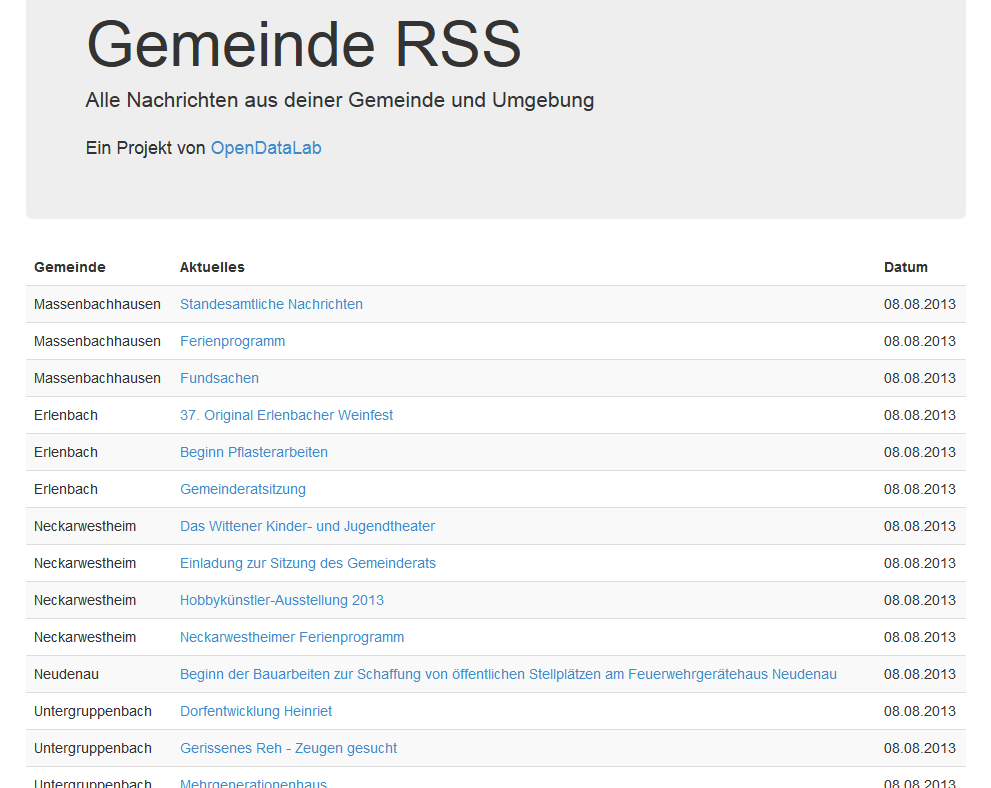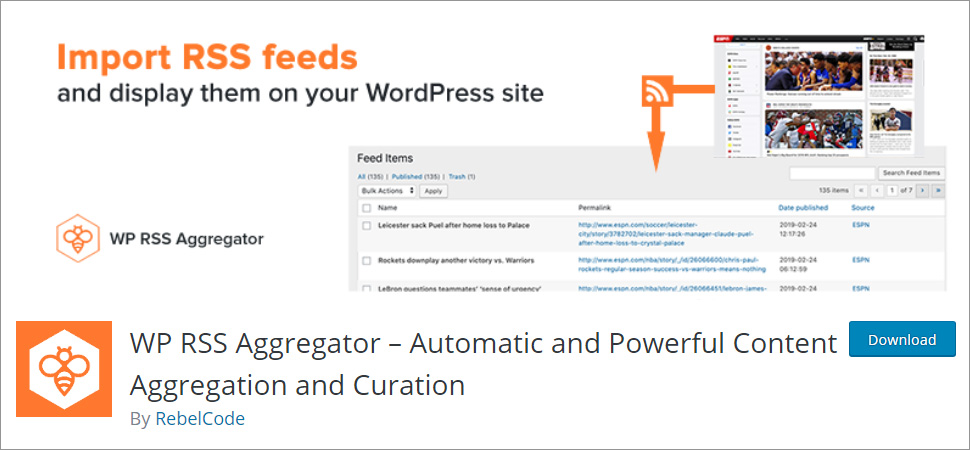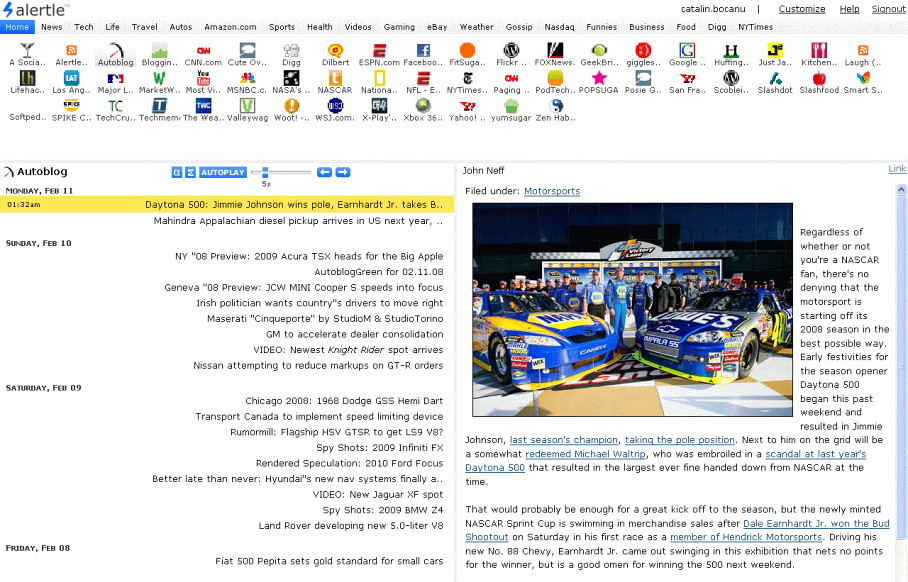

This will make updating a container much easier when that time comes. We want to store all generated user data and databases on NAS storage, not within the container. I have tested the first two approaches and if you opt for SQLite then you can skip the part of the tutorial on adding a PostgreSQL container. This data will be held in a database, either: SQLite PostgreSQL MySQL. The next and probably most important decision to make is how the FreshRSS user data will be stored. So first you need to install Docker from Package Center, if it's not already running. We're going to setup FreshRSS using DSM's Docker package that is available on DS 'plus' models. While I have happily used the FeedBin service for many years, and it's still very good, it is a paid service: the new user price is higher now than when I started, so what would I suggest if a family member wanted to start using RSS? That's why I'm testing FreshRSS ( ).

Then there's accessing them using mobile and desktop apps (news readers), and web browser portals. Some try to curate the feeds and presentation to you, while others allow you greater control.

There are a number of online RSS aggregation services that are either free or paid.


 0 kommentar(er)
0 kommentar(er)
